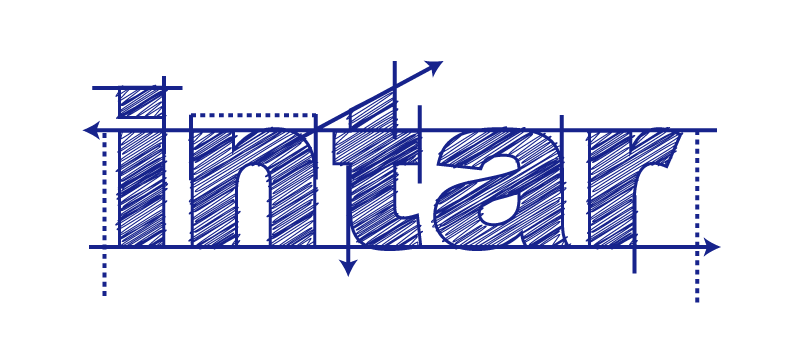Keeping records

The assessment tools you use need to include information that will allow you to trace back what you did on the day, who was involved and what the outcome was.
The main details you need to record are:
- candidate's name and position in the company
- candidate's contact details, such as address, phone number and email address
- assessor's name and contact details
- date (or dates) of the assessment event
- location (or locations) of the event
- type of equipment used, and any other materials involved
- other personnel who were involved in the process
- the assessment tools themselves, and the criteria used for determining competence
- the outcome of the assessment - that is, 'competent' or 'not yet competent'
- any follow-ups that were required, such as an arrangement for re-assessment, or 'gap training' that may have been needed.
The RTO overseeing the training is required to keep full records of the assessment event for the period of time specified by the regulator or funding body - often two years. This allows them to refer back to the records for audit and validation purposes, and to issue certificates or statements of attainment based on the information provided.
After this time, the hard-copy evidence collected for the assessment can be disposed of. However, the RTO is still required to keep sufficient records on file to enable them to verify that a participant had been assessed as competent on a particular date, and to re-issue or replace the original certificate. These records need to be kept for thirty years from the date of the assessment.

Have a look at the different abilities and elements of knowledge below, and think about the assessment methods you could use to determine a person's competence. Then choose the two most appropriate methods for each ability. State your primary assessment method first, followed by your secondary method.
- Ability to operate a power tool
- Understanding of good communication techniques
- Understanding of legal responsibilities for environmental protection
- Ability to prepare a written quotation for a job
- Knowledge of what to do in the event of an on-site fire or emergency
- Ability to organise time effectively and prioritise tasks
- Ability to diagnose a problem in a machine
- Ability to lead a work team
- Ability to produce a range of technical drawings in a CAD program
- Ability to manufacture a product to a set standard

